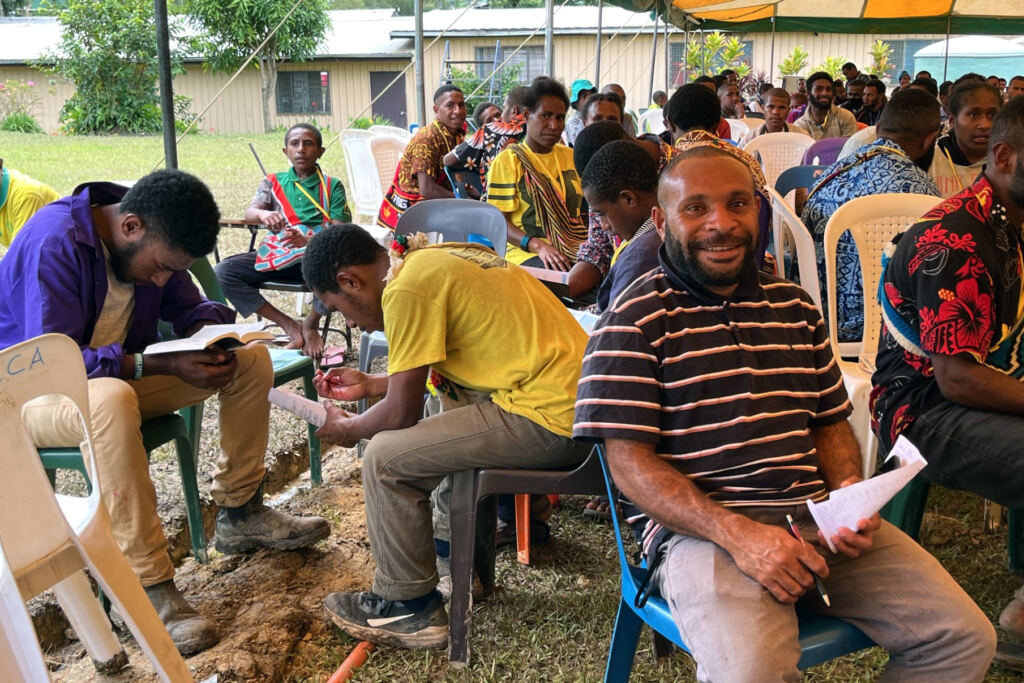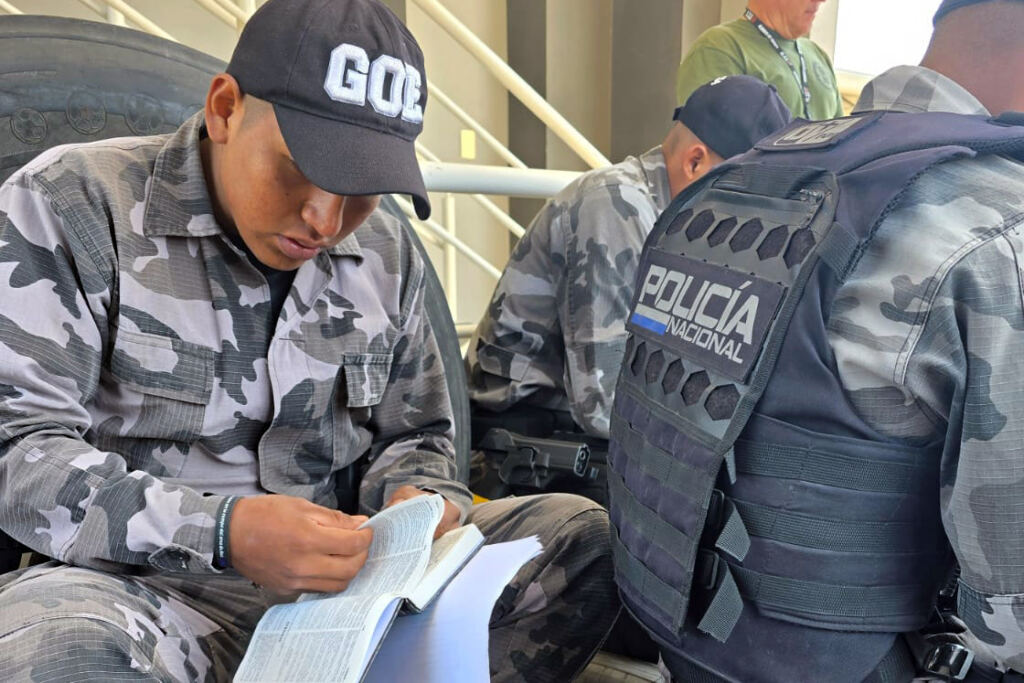When most people in America ask me about life in India, I ask them which India they’re referring to. With its population of over 1.3 billion, India is an extremely diverse nation. It’s the world’s largest democracy, with over 100 major languages and over 1500 functional languages. India’s densely populated global cities are among the most populous cities in the world and are home to some the world’s richest and poorest. Most of India’s population, however, lives in rural contexts.
Although India often features in reports of revivals, church-planting movements, and great masses of people coming to Christ, the reality is quite different: Hinduism is the nation’s dominant religion; about 80 percent are practicing polytheists. The religion experiencing real numerical growth is Islam. With 175 million adherents, Islam is a rising force in India, and the nation boasts one of the world’s largest Muslim populations.
On the other hand, only 2.3 percent of the population identifies as Christian, and this number includes syncretistic Roman Catholicism and fringe groups like Mormons and Jehovah’s Witnesses. I have elsewhere addressed the widespread corruption, deceitful practices, and bad missiology that plague the church in India. Simply put, a lot of church growth numbers are highly exaggerated, and false teachings such as the prosperity gospel have infiltrated the church, leading many to make shipwreck of their faith.
But despite these challenges, Jesus is building his church, and the gates of Hades will not prevail against it. And to that end I answer the question: What are the encouraging and discouraging trends for the health of the church in India?
PREACHING, DOCTRINE, AND LEADERSHIP
Perhaps the main reason for the weakness of the Indian church has been the severe lack of emphasis on faithful preaching and teaching. Most pulpits feature either watered-down topical preaching or “preaching” that gives people what their itching ears desire to hear. The result is theology devoid of the “whole counsel of God” and sheep who are easy prey for false teachers. This sad reality is a result of a lack of quality resources and training for indigenous pastors, as well as decades’ worth of poor theology and ecclesiology imported into India by Western missionaries.
This trend, however, is changing for the better—God be praised! The number of churches committed to God’s Word is increasing, and more and more Indian churches are being blessed with leaders committed to preaching the Word in and out of season. The Internet certainly plays a part in this remarkable change, especially in urban contexts. In ages past, for better or worse (and mostly worse), people in church simply accepted what was taught.
But now, many young men (and women) are seeking answers to difficult Bible questions on the Internet, and very quickly they find themselves drinking deeply from the wealth of resources put out by ministries such as 9Marks, DesiringGod, TGC, Ligonier, Grace to You, and others. All of this has resulted in a small, but encouraging rise in expository preaching and sound doctrine, along with a growing number of faithful shepherds who desire to feed Christ’s sheep with his Word.
Many Indian churches simply practice a nepotistic form of leadership, where the reins of ministry pass from one “anointed leader” to his next of kin. But Lord willing, as more faithful men emerge, we’ll see more churches led by biblically qualified shepherds.
EVANGELISM AND DISCIPLESHIP
Because churches in India have held a low view of preaching for so long, evangelism, true conversion, and biblical discipleship have also been overlooked. The Spirit-given means for evangelism and discipleship have been traded for the pathetic pottage of gimmicks and seeker-friendly programs. Most churches have outsourced evangelism and disciple-making to parachurch ministries. “Conversions” are often nothing more than spurious “decisions for Christ” disconnected from true saving faith and the life-transforming work of the Spirit.
Because of this, there remains a great need for local churches to grow in doing the hard work of evangelizing and creating a culture of discipleship where whole churches—not just the leaders—are growing in maturity and building themselves up in love (Eph. 4:11–16). Likewise, whole churches need to embrace the Great Commission as a commission first and foremost to them. For the church to truly display God’s wisdom, the false teachings of the church growth movement that reinforce cultural status quos—such as the segregation of churches by caste—must be repudiated and replaced by a biblical doctrine of Christ-centered unity that transcends ethnic and social lines.
MEMBERSHIP AND DISCIPLINE
Sadly, most Indian churches have a fuzzy concept of church membership. While some practice a form of church discipline, rarely do we see churches move through a process of escalation and excommunication with biblical fidelity. Too many churches are marked by either stringent legalism or rampant antinomianism.
So, when it comes to ecclesiology, India needs nothing short of a reformation. Hopefully, with more faithful leaders and preachers teaching the whole counsel of God, we’ll see more local churches planted that seek to order themselves according to God’s Word rather than cultural or pragmatic considerations.
A PASSION FOR PRAYER
Finally, an area where the Indian church is flourishing is in passionate, zealous prayer. Perhaps the harsh realities of life in India drive God’s children to cry out to him with greater zeal and fervor.
To be sure, these prayers often accompany faulty theology, where people think they will be answered affirmatively because of their zeal and fervor, rather than the merits of Christ. Nevertheless, the Indian church is without question a praying church. Perhaps these prayers, together with the prayers of our Western brothers and sisters, will result in true revival and reformation, so that the church will truly display the glory of Christ.
CONCLUSION
When William Carey set sail for India in 1793, he prayed that the Kingdom of Christ would be set up so that Carey might “see in this Land of Darkness, a people formed for God.”1 I hope this brief summary will spark a passion in you to pray Carey’s prayer anew—that the Lord’s kingdom might advance in truth in India, and the Indian church might truly be, as Carey prayed, a “people formed for God.”
Editor’s Note: This article was originally posted on 9Marks December 12, 2016. Used with permission.
FOOTNOTES:
1. Carey’s Journal Entry for January 13, 1794. See Terry G. Carter, ed., The Journal and Selected Letters of William Carey (Macon, GA: Smyth & Helwys, 2000), 7–8.



